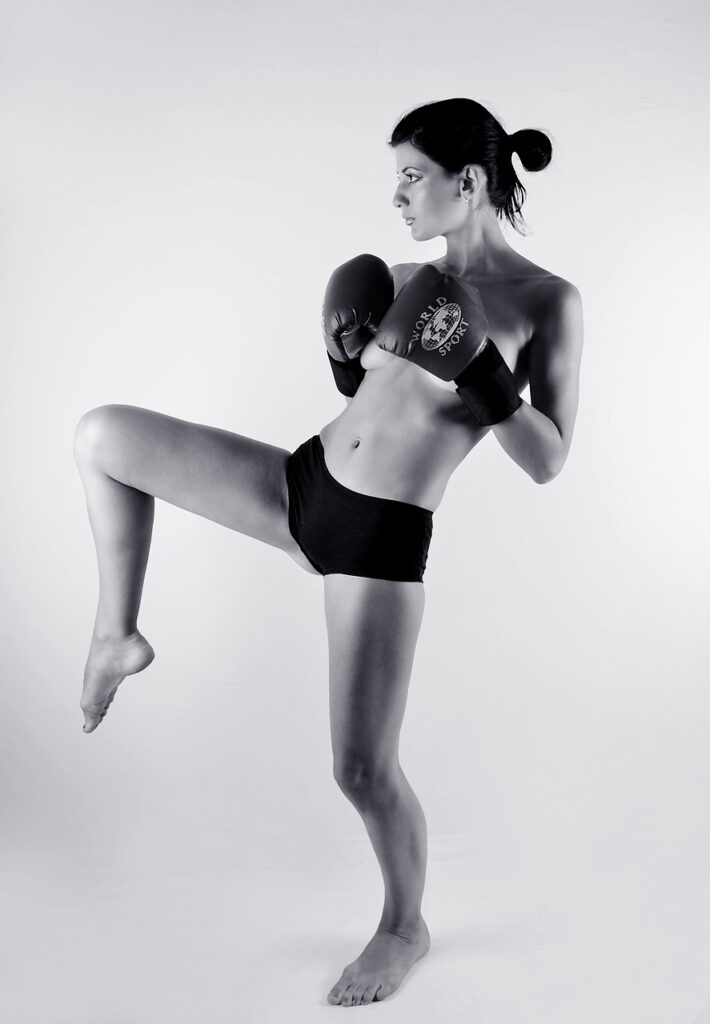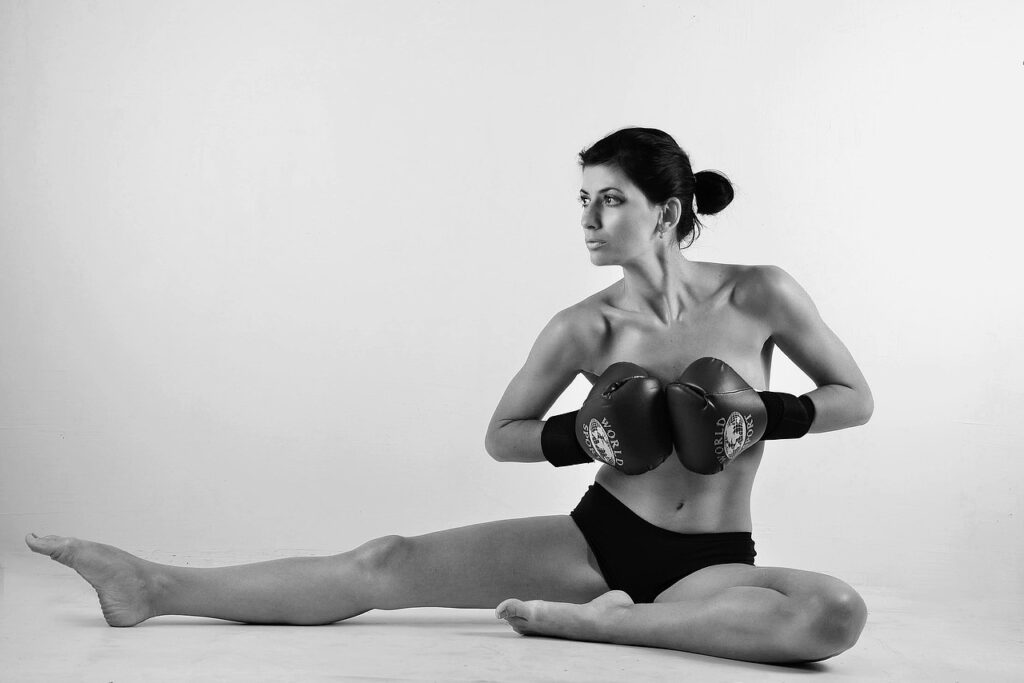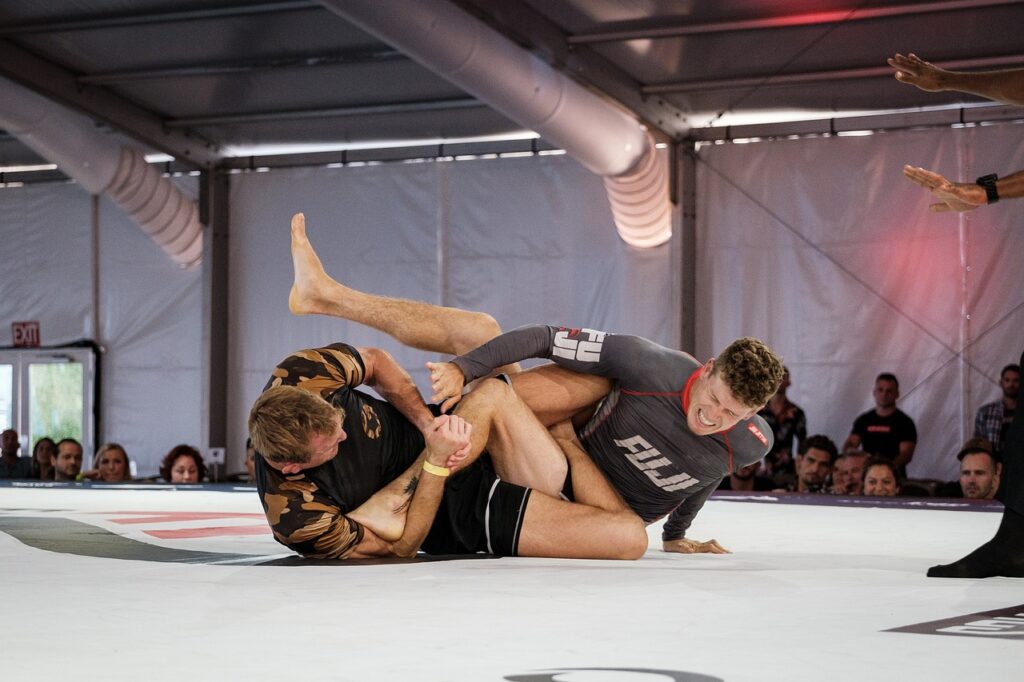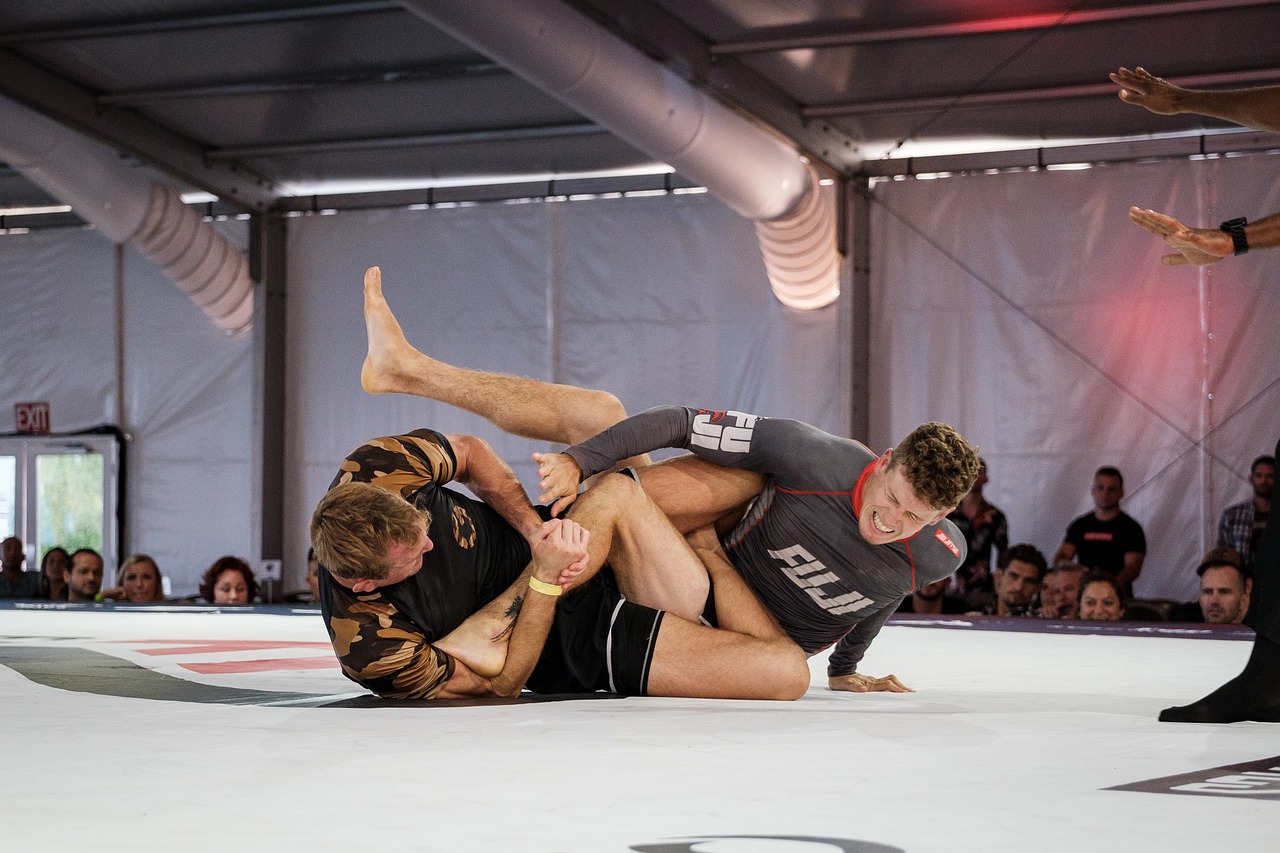Welcome to “Understanding and Executing the Clinch: Expert Tips for MMA Fighters”! In this guide, you’ll dive into the fundamentals of mastering the clinch, a pivotal move in Mixed Martial Arts. From securing an effective grip to leveraging your body for maximum control and impact, these expert tips will equip you with the techniques needed to dominate your opponents. Understanding the clinch can be a game-changer, allowing you to dictate the flow of the fight and unleash a repertoire of attacks from close range. Ready to elevate your skills? Let’s get started! Ever find yourself struggling to master the clinch in Mixed Martial Arts (MMA)? If you’re looking to sharpen your skills, you’ve come to the right place. The clinch can be a game-changer, whether you’re looking to score some takedowns or deliver devastating knees and elbows. So, let’s dive into understanding and executing the clinch with expert tips to boost your MMA prowess.
What is the Clinch in MMA?
The clinch is a stand-up grappling position where both fighters are in close contact, usually looking to control their opponent while setting up strikes or takedowns. It serves as a bridge between striking and grappling, making it an essential skillset for any MMA fighter. Unlike traditional striking or ground techniques, the clinch focuses on manipulating the opponent through leverage, positioning, and control.
Why is the Clinch Important?
Firstly, mastering the clinch can give you a tactical edge. Whether it’s to nullify an aggressive striker or to set up a takedown, understanding the clinch can make you a more versatile fighter. Plus, it provides unique opportunities to land strikes that can significantly affect the outcome of a match.
Types of Clinches
In MMA, there are several types of clinch positions that come from different martial arts backgrounds. Understanding the different types can help you better adapt in the heated moments of a fight.
Muay Thai Clinch
The Muay Thai clinch, also known as the “plum,” involves grasping the opponent’s head with both hands, pulling it down while controlling their posture. This position is excellent for delivering knees and elbows.
| Advantages | Disadvantages |
|---|---|
| Effective for strikes | Vulnerable to takedowns |
| Controls opponent’s head | Needs strong grip strength |
| Can maintain distance | Requires good neck control |
Greco-Roman Clinch
This clinch is prevalent in Greco-Roman wrestling and focuses on upper body control. It’s highly effective for throws and takedowns.
| Advantages | Disadvantages |
|---|---|
| Effective for takedowns | Limited striking options |
| Utilizes leverage | Requires close contact |
| Strong control | Less mobile |
Judo Clinch
Incorporating elements from Judo, this clinch focuses on gripping the gi or the body and using leverage to execute throws.
| Advantages | Disadvantages |
|---|---|
| Effective for throws | Gi grip may not be applicable in No-Gi MMA |
| Uses leverage | Less striking options |
| Disrupts opponent’s balance | Requires technical precision |

How to Enter the Clinch
Getting into the clinch requires finesse and timing. Here are a few ways to effectively enter the clinch without exposing yourself to unnecessary risk.
Jab to Clinch
A classic boxing setup, using a jab can help you close the distance. Immediately follow the jab with a step in to secure the clinch.
Slip and Clinch
Slip your opponent’s punch and use their momentum to close the distance. This is highly effective against aggressive strikers.
Level Change
Fake a takedown by lowering your level. When your opponent adjusts, quickly rise and secure the clinch. This technique can catch your opponent off guard, making it easier to clinch without resistance.
Clinch Techniques
Knowing how to get into the clinch is one thing; knowing what to do when you’re there is another. Here are some key techniques to maximize your clinch game.
Arm Drag
Use an arm drag to move your opponent’s arm out of the way, allowing you to take their back or transition to a more dominant position.
Knee Strikes
Knees can be incredibly effective, especially in Muay Thai clinches. Aim for the torso or head whenever possible.
Elbow Strikes
Elbows are compact but powerful strikes ideal for close-quarters combat. Use the clinch to control your opponent and create openings for these strikes.
Takedowns
Leverage the clinch to set up various takedowns. Techniques from wrestling, judo, and sambo can be effectively integrated into your clinch game.

Clinch Defense
Just as important as attacking from the clinch is knowing how to defend against it. Good defense can help you avoid getting dominated or taken down.
Hand Fighting
Constantly work to control your opponent’s hands and arms. Hand fighting disrupts their control and can create opportunities to break free or counterattack.
Posture Control
Maintain good posture to avoid getting pulled down into a vulnerable position. Keeping your back straight and hips engaged can make it harder for your opponent to execute throws or strikes.
Frame and Push
Use your arms to create frames against your opponent’s body, making it difficult for them to advance their control. Push away when the opportunity arises to break the clinch entirely.
Common Mistakes in the Clinch
Even experienced fighters can sometimes falter in the clinch. Sidestep these common mistakes to elevate your clinch game.
Overcommitting
One of the most common errors is overcommitting to one technique. Be adaptive and ready to switch tactics if your initial plan isn’t working.
Poor Grip
A weak grip can leave you vulnerable to counters. Work on developing strong hand and forearm muscles to improve your clinch stability.
Ignoring Defense
Too many fighters focus solely on attacking in the clinch, neglecting their own defenses. A balanced approach can make you much more effective.

Training Tips for Clinch Work
Training the clinch requires focus, technique drills, and real-time sparring practice. Here are some tips to enhance your training regimen.
Partner Drills
Work on specific clinch techniques and scenarios with a training partner. This will help you refine your skills in a controlled setting.
Sparring
Incorporate clinch work into your sparring sessions. Real-time practice is invaluable for adapting to the dynamic nature of a fight.
Strength and Conditioning
Clinch work can be physically demanding, requiring strong grip strength, endurance, and explosive power. Incorporate exercises that target these attributes into your strength and conditioning routine.
Advanced Clinch Strategies
Once you’ve mastered the basics, it’s time to elevate your game with advanced strategies.
Feints and Fakes
Use feints and fakes to set up your clinch entries. Making your opponent react to a perceived threat can create openings for you to exploit.
Chain Attacks
Don’t rely on a single technique; use combination attacks to keep your opponent off balance. For example, follow a knee strike with an elbow or transition a failed throw attempt into a different takedown.
Positional Awareness
Be aware of your position relative to the cage and your opponent. Use the cage to your advantage, either by pinning your opponent against it or using it to escape a bad position.
Mixing Strikes with Takedown Attempts
Combine your striking and takedown attempts to create a multi-faceted attack. Throwing a few strikes before attempting a takedown can make it more difficult for your opponent to defend.
Control the Pace
Dictating the pace of the clinch can wear your opponent out and break their spirit. Push when they’re tired and resist when they’re trying to push the pace.
Frequently Asked Questions (FAQs)
How can I improve my clinch game quickly?
Focus on drilling the basics, staying consistent with your training regimen, and incorporating clinch work into your sparring sessions. Strengthening your grip and core can also provide noticeable improvements.
What are the best styles to learn for improving my clinch?
Muay Thai, Greco-Roman wrestling, and Judo all offer valuable techniques that can enhance your clinch game. Incorporating elements from these styles will give you a well-rounded skill set.
Can I use the clinch to control larger opponents?
Absolutely. While size and strength are factors, techniques in the clinch rely heavily on leverage and positioning. Proper technique can help you neutralize larger opponents.
How can I avoid getting clinched?
Maintain good distance management, utilize effective footwork, and keep your hands active to prevent your opponent from easily entering the clinch.
Is it possible to finish fights from the clinch?
Yes, the clinch offers several avenues to finish fights, including strikes like knees and elbows, as well as submissions and ground-and-pound following a successful takedown.
Conclusion
Understanding and executing the clinch is an art form that requires a balance of technique, strength, and strategic thinking. With dedication and consistent practice, you can turn the clinch from a point of vulnerability into one of your greatest strengths. Whether you’re new to MMA or an experienced fighter looking to refine your skills, mastering the clinch can elevate your overall game and make you a more formidable opponent. So, go out there, practice these tips, and watch your clinch game transform like never before! Happy fighting!

